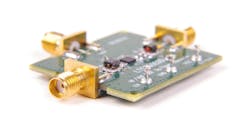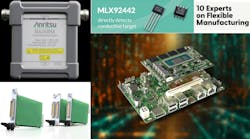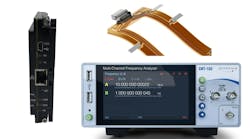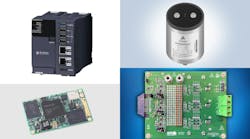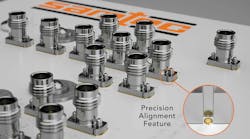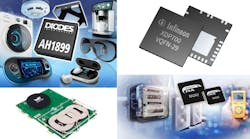Use of Internet of Things (IoT) technology is ramping up, with many of the use cases falling into vertical markets such as agriculture, finance, and asset tracking. For most of these applications, a small-form-factor radio modem with passive antenna will suffice for good connectivity.
However, for some mission-critical IoT applications, such as public safety or asset tracking in high multipath environments encountered in factories and oil refineries, or ATMs and vending machines located in basements of buildings where signals are weak, a better antenna system can be key to successful communication link performance. A smart, or software-defined, antenna (SDA) can provide the extra performance needed to close the link in more challenging IoT environments. The performance enhancements that SDAs can bring to a radio system will typically be range and reliability.
IoT devices that use cellular modems and networks for communications will not be alone on the network, whether it’s 4G LTE or 5G, since IoT devices on any cellular network will compete with others for network resources. Smartphone-enabled consumers continue to drive up congestion on the cellular networks that IoT devices require for connectivity. In congested cellular environments, an SDA approach will provide several decibels of system-level improvement compared to client devices that incorporate only passive antennas.
